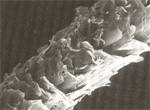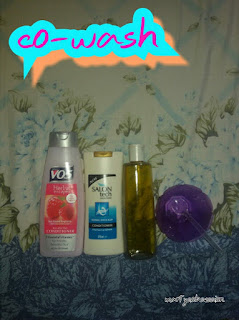When I first heard about Apple Cider Vinegar for hair, I was quick to embrace the idea. People use all sorts of natural things for their hair and they've testified how it worked wonders.
Apple Cider Vinegar is a great treatment for hair. We use harsh shampoos, dyes and other forms of chemicals that can be damaging to our hair. ACV helps to bring back the hair to a healthier nature. Apple Cider Vinegar removes residues from product build ups in our hair by cleansing clogged hair follicles without stripping hair off its natural oil.
The acidity of Apple Cider Vinegar is close to that of hair. Hair is mildly acidic, having a pH of 4.5 to 5.5 while that of Apple Cider Vinegar is 2.9. Thereby, rinsing with Apple Cider Vinegar help balance the pH of your hair.
Porosity is your hairs ability to absorb and maintain moisture. Rinsing with ACV will enhance porosity by closing the hair cuticles. This in turn leads to a smoother and shinier hair. Also when the hair cuticles are been closed, split ends and breakage are prevented.
Comparison between open cuticles and closed cuticles.
Hair is the first state is more porous, retains less moisture, hard to detangle and dull. But frequent use of ACV rinse can put the hair back to its natural state making the hair curticles lie flat and smooth.
Because of its antifungal and antibacterial properties, dry, itchy scalp and dandruff can be combatted. If you suffer form itchy scalp, you should give this a try.
HOW TO USE
I. Do not use undiluted ACV on your hair. Mix with plenty of water. I use my ACV in the ratio of 4 (Water) : 1 (ACV)
2. Rinse hair after shampooing and Deep conditioning, leave on for a minute before wrapping your hair with a T-shirt.
The smell of ACV can be quite unbearable but it dissipates as the hair dries.
ACV is very affordable. I bought one for N520 in Port Harcourt
ACV is very affordable. I bought one for N520 in Port Harcourt
Love always, Martyna.





















